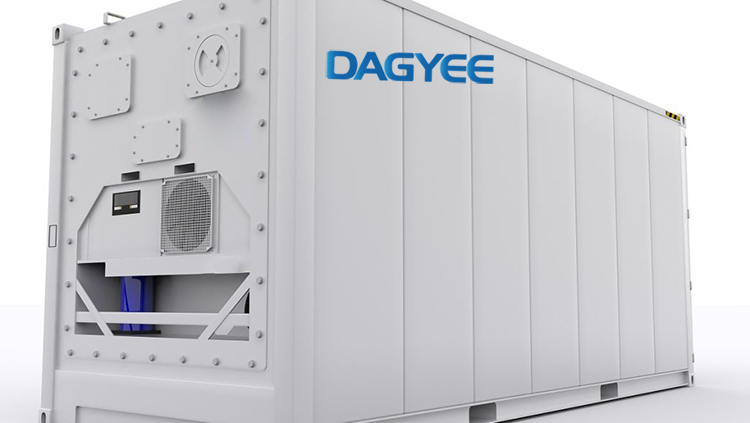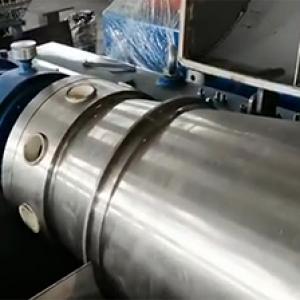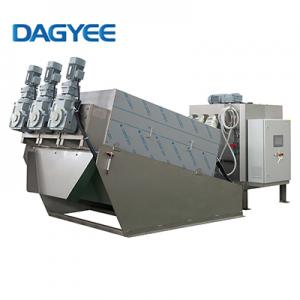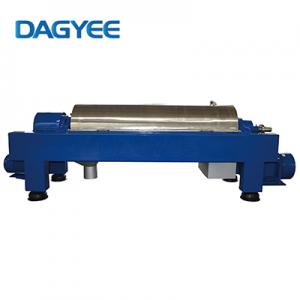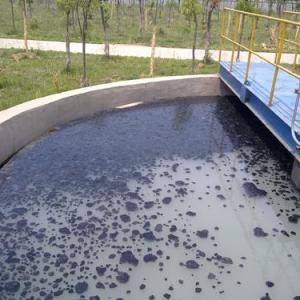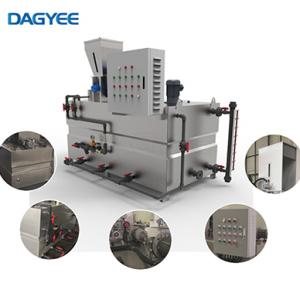How to avoid MBR membrane fouling and how to cleaning
How to avoid MBR membrane fouling and how to cleaning
Membrane fouling is a phenomenon in which suspended particles and colloids in sewage are deposited on the membrane surface, causing the membrane pores to be blocked. Once the membrane comes into contact with the feed liquid, the pollution begins. The interaction between the solute and the membrane produces adsorption, which starts to change the membrane characteristics. For microfiltration membranes, this effect is not very obvious, mainly due to the aggregation and plugging of soluble particles; for ultrafiltration, improper selection of membrane materials has a considerable impact, which can be reduced by 20% compared with the initial pure water flux. %~40%. Especially in the case of low flow rate and high solute concentration, when the solute reaches or exceeds the saturated solubility on the membrane surface, a gel layer is formed, which causes the membrane permeability to be independent of the applied pressure, resulting in a sharp decrease in membrane permeability. The membrane operating in this state must be cleaned after use to restore its performance.
Measures to control membrane pollution include:
- Pre-treat the influent water of the membrane bioreactor system to remove the coarse particles;
- Choose the appropriate operating pressure;
- Shortening the suction time of the outlet pump or extending the suction time and increasing the aeration volume are all beneficial to alleviating membrane pollution.
Air cleaning the membrane can remove surface impurities, and the impurities in the pores can be discharged by backwashing with water. Water backwash is to pump filtered water from the backwash tank to the suction pipe. Depending on the type of membrane, it is generally backwashed every 10 minutes to 24 hours.
When the water backwash is ineffective, in order to maintain the good performance of the membrane, it is necessary to use chemical cleaning methods to remove contaminants. The chemical cleaning of the membrane varies according to the specific conditions of the pollutants, and the cleaning agents used are also different. When chemical cleaning, the principle of choosing chemicals is to not have any chemical reaction with the membrane and other component materials, and the second is not to cause secondary pollution due to the use of chemicals.
